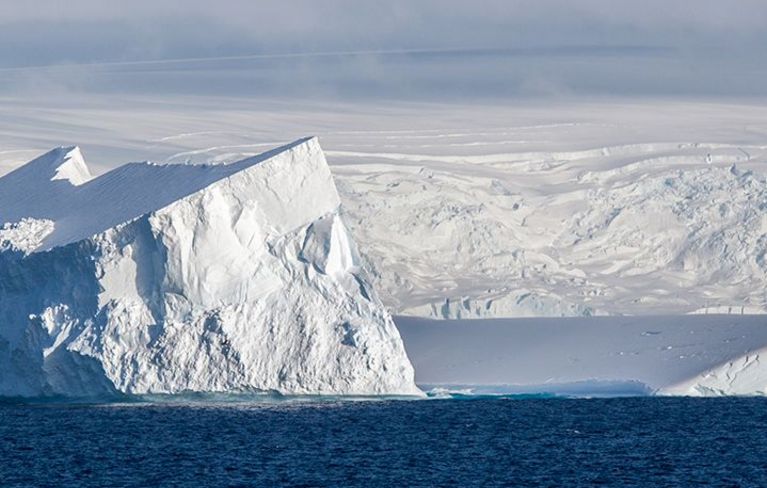
Ocean and Cryosphere
in Climate
About Topic 2
Mission:
Topic 2 will advance the understanding of past, present and future changes of the climate system from an ocean and cryosphere perspective by closing critical knowledge gaps related to warming climates, variability and extremes as well as sea level change for the benefit of society.
Our focus:
The atmospheric concentrations of carbon dioxide and methane, which are currently by far the highest for at least 800,000 years as a result of anthropogenic influence, is strongly affecting the ocean and cryosphere. We focus on natural and anthropogenically-induced variability as well as on feedbacks in the coupled Earth system via observations, data analyses and comprehensive modeling. Essential are furthermore reconstructions of the past which bring our current changes into the long-term perspective.
Recent Highlights | Structure | Subtopics | Participating Centers | Contact
Structure
Graphic Representation of Subtopics
Subtopics in detail
Links to CARFS/CCA
Earth System Modeling (ESM)
Joint Lab-ExaESM
REKLIM
Digital Earth
Arches
Topic 2 Seminar
List of Talks in 2021-2023
Impressions
AWISediment-Cores_Polarstern_PS115Polarsternfahrt Almut Brunner
AWIEiskante_Polarstern_Amundsenmeer_PS104_TRongeST2.1_Title-Foto_WarmingClimate
GEOMAR, Pressemitteilung 5.05.2021Foto Pablo Lodeiro
GEOTRACES teams takes samples directly at the edge of the 79N glacier in 2016Pressemitteilung, GEOMAR, 25.5.2021Foto Pablo Lodeiro
AWI
Foto: Maik Thomas?
ANT 2006, AWI